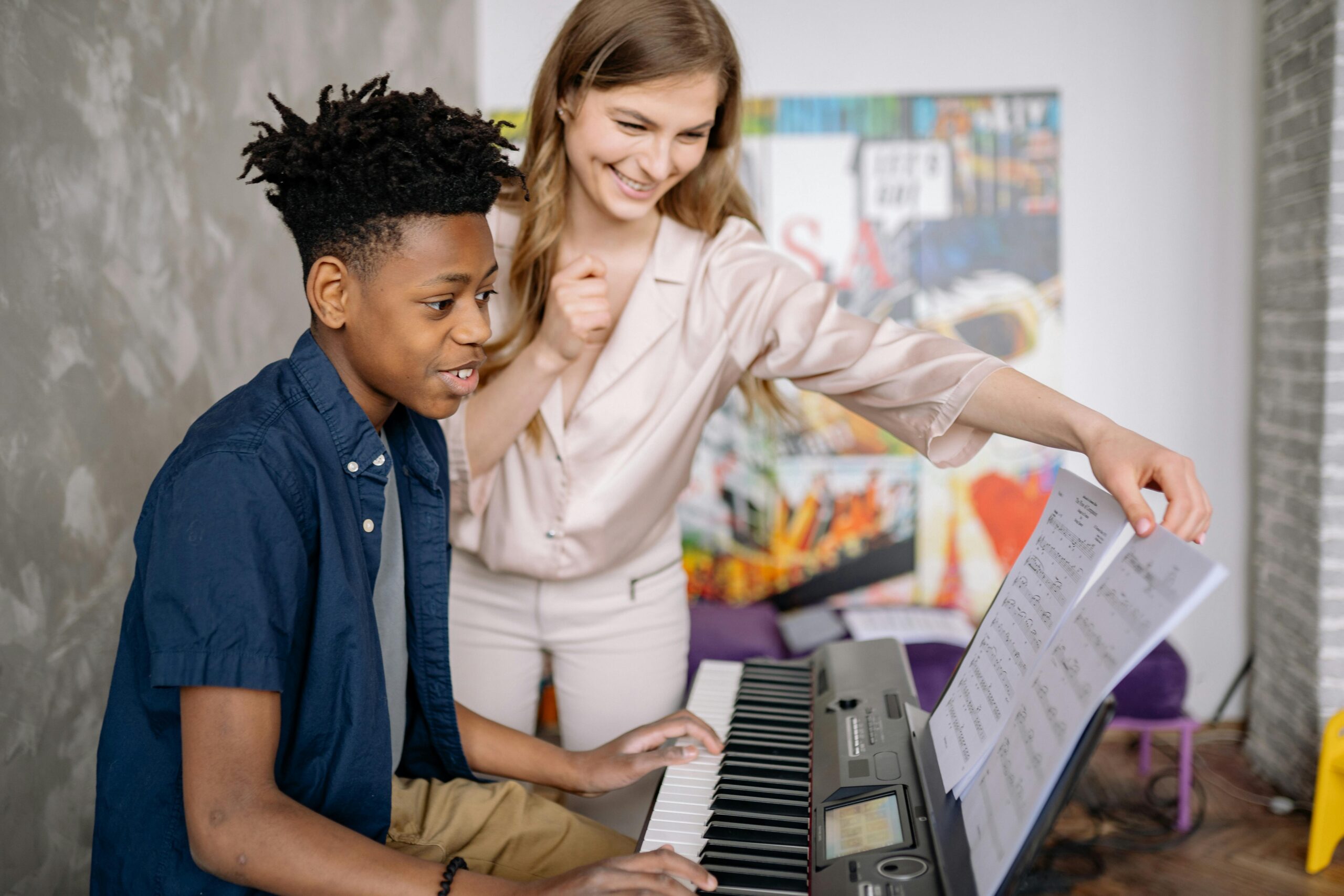
Five Ideas to Take Classroom Engagement to the Next Level
By Patrick Erwin
The transformative power of a great mentor is truly remarkable. One such mentor in my life is Dennis Fisher, a professor emeritus at the University of North Texas. His teaching and mentorship not only made me a better teacher and leader but also ignited a passion for music education. I vividly remember a time when he visited my ensemble and took a moment to discuss the profound importance of music education with the students. His ideas sparked a deep understanding of why music is a vital part of our schools and our students’ lives.
However, the impact that his words had on me reached further. I believe that all teachers could benefit from thinking like band directors and approaching their classes with some principles that guide all successful music teachers. Those principles are:
- Independent Action
- Critical Listening
- Critical Thinking
- Extemporaneous Compromise
- Shared Success
Each of these items represents a key skill that, when applied, can lead to extraordinary results.
It may be helpful to understand why music classes operate under these fundamental principles. You see, like coaches, music teachers must recruit, retain, and grow their programs. Our success depends on student engagement, creating belonging, and giving them experiences that are valuable well beyond our content area.
In my 17-year career, I can count on one hand (ok, maybe include my toes too) how many professional musicians and music teachers graduated from our program. However, our retention rates were very high (in the area of 82%). This is because we provided opportunities for our students that they felt were valuable, and not just musical experiences. Let’s look at the list:
Independent Action
Students in music cannot just sit and ‘karaoke’. Each student must do their part each day to contribute. Teachers that create experiences for students that require them to take action, each day, will see incredible results.
Critical Listening
In each music ensemble, students must listen to one another in order to match the correct pitch and musical style. Creating environments in which students must listen to each other, through think-pair-share discussion or a see-think-wonder strategy, is key to engaging them. I often found the less I talked, the more they listened (to each other).
Critical Thinking
Each day in music class, I would give my students corrections like “play that lighter,” “articulate with a firmer syllable,” or “let’s try and create better balance.” Now, to a non-musician those phrases may sound strange. To the students, they made sense. But the critical thinking piece came in with translating what I was saying and applying it in their own way to their own instrument. I often found that they just needed space to try new things in order to find the way that worked best. Try the IDEA strategy — Instruction, Demonstration, Experimentation, Assessment (repeat). Allow them to think.
Extemporaneous Compromise
Okay, big words! Extemporaneous compromise means that students constantly assess and change ‘in the moment’ without instruction. They were required to listen and match each other in order to stay together in tempo, style, and volume. Creating moments of discussion, working together, and even tension in your classroom allows students to learn how to compromise without having to talk about it. This is a key life skill!
Shared Success
This one speaks for itself. In music class, students share success. We play together! I would challenge all teachers to find ways for students to share success with each other. How can they both celebrate one another and challenge each other to succeed? Student success should not be a competition for GPA or placement. We must find ways for them to collaborate and encourage one another.
One way that we can bring all five of these strategies to life in our classroom is by engaging in soft skills and leadership education with students. Leadership skills require students to take individual action, listen and think critically, compromise, and share in success. I think we know this as teachers. Why do we not do this more? We lack the tools.
In my classroom, the tool that worked best was Habitudes®. Our Habitudes are a great way to bring engaging strategies, conversation, and application to students on a regular basis. If this excites you as much as it does me—head over to our website to find out more.




